
Photo: Ministry of Economy
The Ministry of Economy of Croatia founded a workgroup for analysis and legislation that could enable the introduction of nuclear energy in the country, with the possibility of opting for SMRs. The initiative includes the development of full study programs at domestic universities.
Croatia, a member of the informal Nuclear Alliance led by France, is looking at options to build nuclear power plants. The country owns half of the Krško plant, located just across the border in Slovenia. The facility covers 16% of domestic electricity consumption. At an event in Zagreb, the Ministry of Energy established a workgroup for nuclear policy.
The panel includes nuclear energy experts from the academic community, state institutions and the energy sector. Its task is to adapt certain legislation to achievements in developments in science and technology, the ministry said. Many countries in the European Union are intensively analyzing and developing new nuclear projects, the announcement adds.
Croatia to analyze all energy options including nuclear
It is necessary for Croatia to adopt decisions that would enable analyzing all energy options and ensure energy security and national stability, Minister Ante Šušnjar said. Nuclear energy is a low-carbon baseload energy that can be utilized for the production of green hydrogen and other clean energy, he noted.
The workgroup needs to enable the establishment of a nuclear energy institute or an agency as an independent regulatory body. It will be the key participant, with its strategic recommendations, in outlining energy development scenarios including a nuclear option, the ministry pointed out.
Members of the panel will also work on the studies and analysis of potential locations for the development of nuclear capacities, it added. Both conventional ones and small modular reactors or SMRs are in play. The latter technology enables a more flexible, safer and faster introduction of nuclear energy into national energy systems, the ministry underscored. It said SMR safety standards are stricter and that they facilitate a decentralized electricity supply.
University courses to grow into full-time nuclear energy study programs
In addition, the Ministry of Economy launched an initiative for setting up full-time study programs in nuclear energy in domestic universities. Some faculties currently have optional courses.
“Croatia must recognize global trends timely and adopt decisions that will ensure energy stability and sustainability in the long term. Our nuclear agenda is directed toward reducing CO2 emissions and securing a long-term energy independence of the Republic of Croatia,” Šušnjar stated.
Of note, it remains unclear whether Croatia will participate in the potential construction of another nuclear power plant in Krško.
There are only three operational nuclear power plants with SMR technology in the world. Russian Rosatom’s Akademik Lomonosov (KLT-40S) is a floating facility. Constructed in 2020, it has two reactors, each with 150 MW in heat energy capacity and a net 32 MW for electricity.
The HTR-PM in China is a high-temperature gas-cooled (HTGR) generation 4 reactor. Commissioned in 2021, it consists of two reactors providing 500 MW in heat for a single turbine, with a capacity of 210 MW of electric power. Its uranium fuel is in graphite balls, though they are called pebbles. The SMR plant is cooled with helium. The third one is a test reactor in Japan.

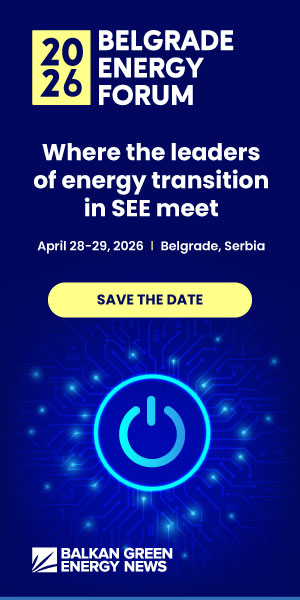



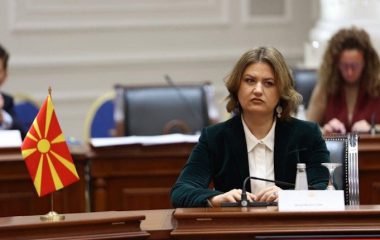
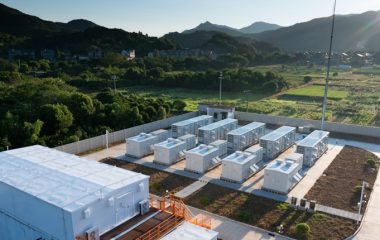
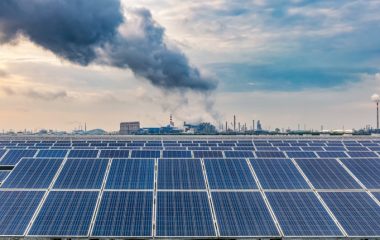
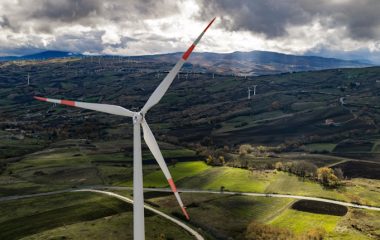
Be the first one to comment on this article.